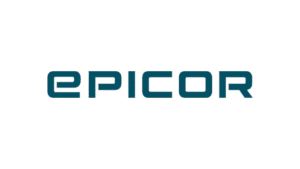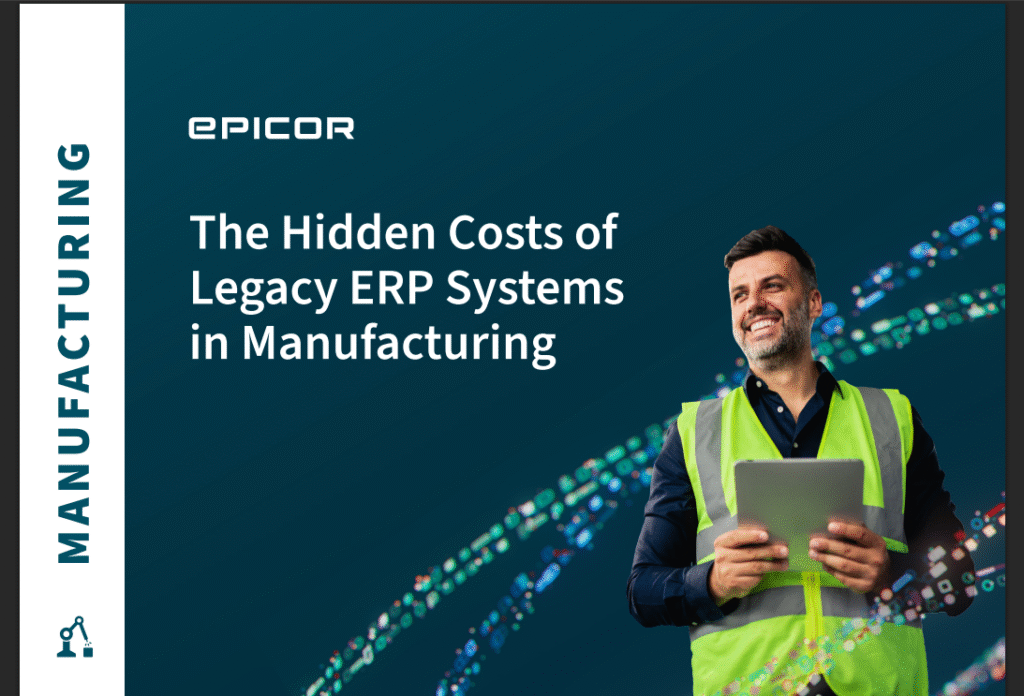

The Hidden Costs of Legacy ERP Systems in Manufacturing
Legacy ERP systems refer to older enterprise resource planning platforms that were once considered state-of-the-art. Over time, however, these systems have been overtaken by more modern, agile technologies.
Most legacy ERP systems were implemented decades ago. While many organizations have kept them running through patches and updates, they often lack the flexibility and capabilities required today.
The origins of ERP systems trace back to the 1960s, when manufacturers first used Material Requirements Planning (MRP) tools to streamline production. These early systems laid the foundation for what ERP would eventually become.
By the 1990s, ERP platforms had evolved significantly. They were designed to integrate key business functions—finance, HR, procurement, and supply chain—into a single system. Large enterprises were quick to adopt them to improve efficiency and visibility.
However, technology has advanced rapidly in recent years. Legacy ERP systems, built on outdated architecture, have struggled to keep up. As a result, many organizations are now transitioning to modern ERP solutions that offer greater speed, scalability, and real-time data capabilities.
@Epicor